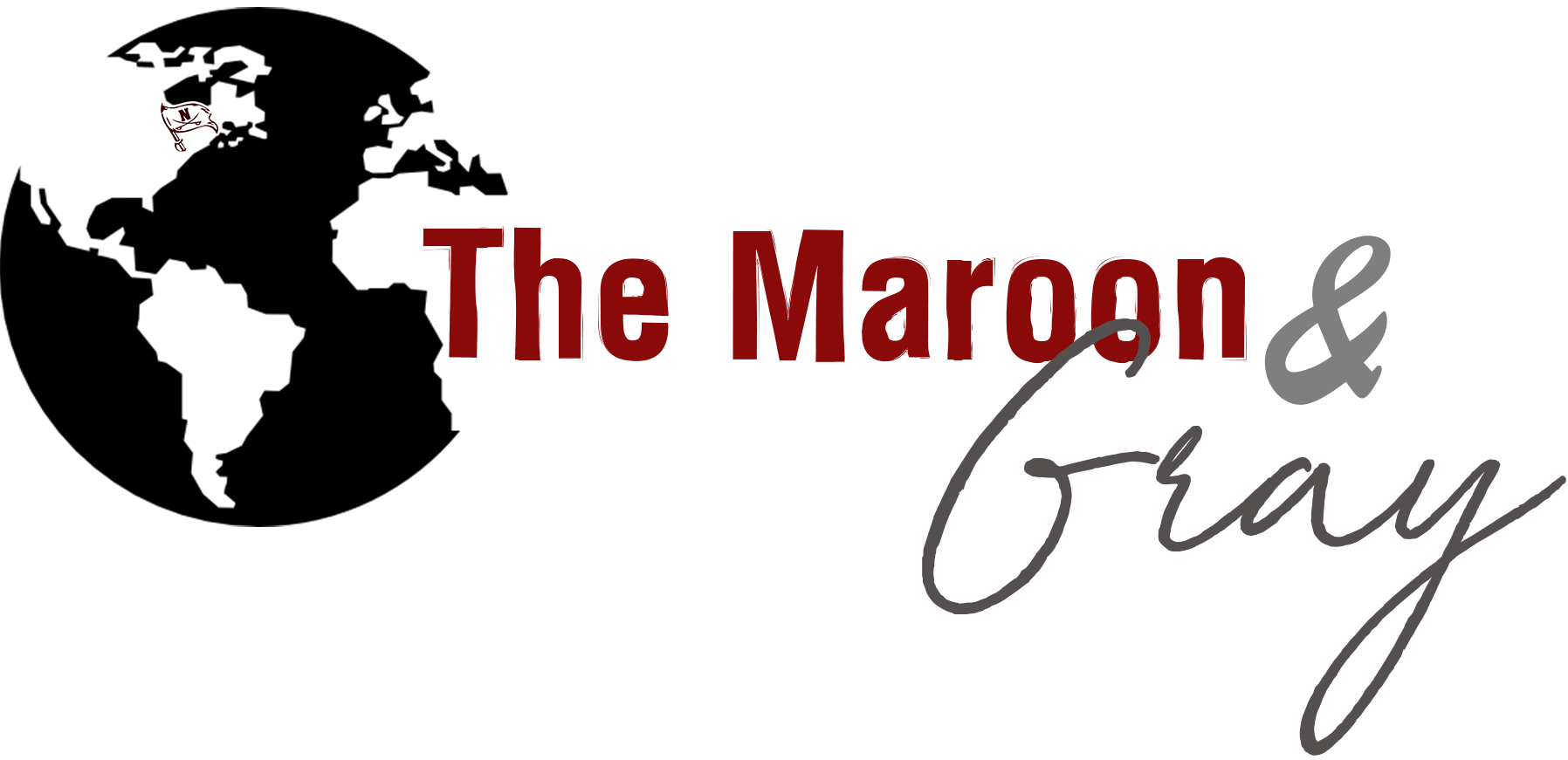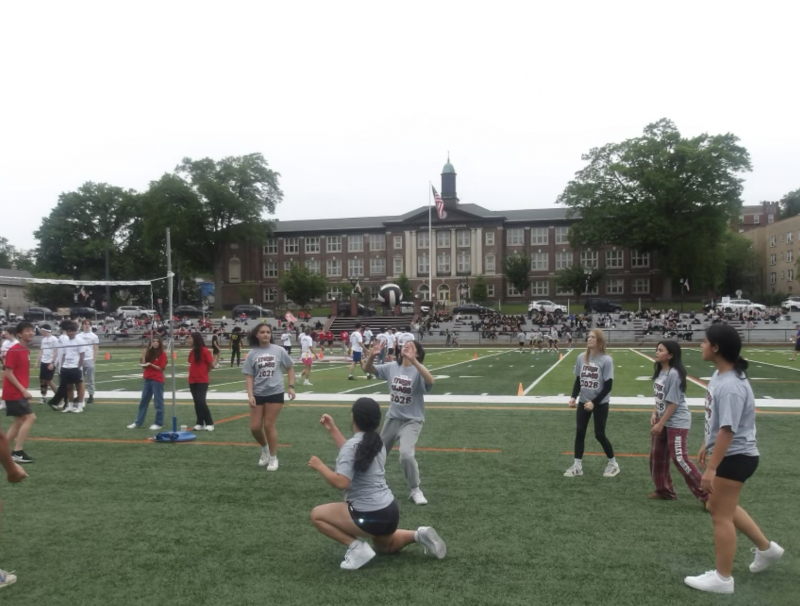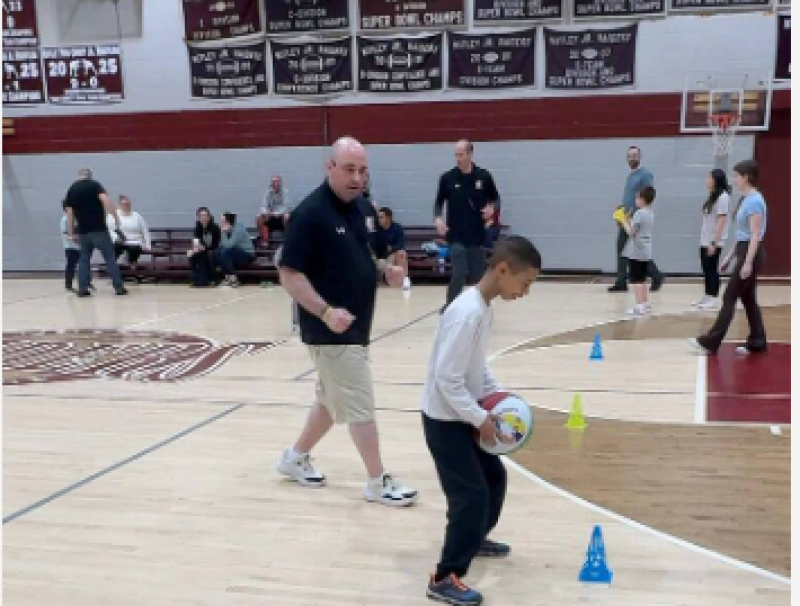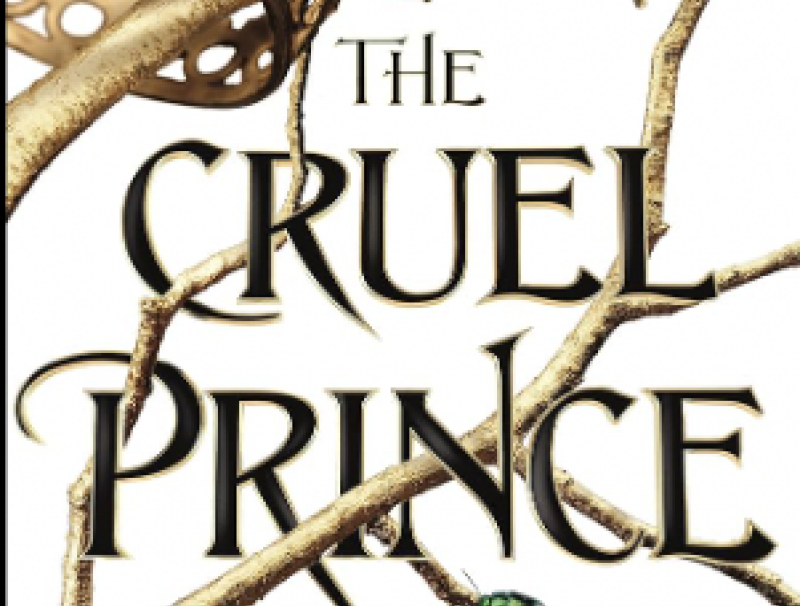New Year's Resolutions 101
After 2020, many people came into the new year with high hopes and felt a relief leaving that the year behind. Many people chose to set their New Year's resolutions to focus on health, eating well or exercising. Often, however, by February these resolutions have lessen and old habits increased.
In an article written by the New York Times titled “How to Make and Keep a New Year's Resolution,” they explain why most goals fall through. “If you run in the morning then rush through your shower and your commute, you might end up at your desk sweaty, so in effect you’re punishing yourself for running," the article stated. "Your brain will pick up on that punishment and push back against the intended activity. Your resolution didn’t necessarily fail because you failed, but because you were trying to do it at the wrong time, which resulted in a punishment instead of a reward at the end.”
The same article created and acronym for resolutions called SMART. This stands for Specific, Measurable, Achievable, Relevant, and Time-bound. Most people also make the mistake of putting too much on their plate at once. When it comes to goals like wanting to take up the hobby of running, people will often try and run a mile and then giving up because it is simply too hard. The NY Times says that "both the cue and reward should be easy and obvious. Let’s look at one example in depth. For running, a cue could be just putting on your running clothes, even if at first you don’t do anything after that. “Oftentimes when people have never exercised before, and researchers are working with them to get them to exercise, the first week is: You should just put on your running clothes. Don’t even leave the house,” Mr. Duhigg said. Then add the first step in the new routine: Put on running clothes, walk around the block. “You want to create an environment where you’re making very slow progress that is guaranteed to deliver victories to you,” he said” This showing that it all starts small, making your goal slowly apart of your daily life and routine until it your days feels abnormal without it.
After talking to a few family members and friends they spoke on some of their resolutions and how they plan on achieving them. A NHS student, Mackenzie Conklin gave a few resolutions she felt comfortable sharing. She plans to work out more and eat less processed and fast foods. One resolution that also that also stood out was that she would like to spend more time with her grandparents before college comes around. She says “I was just on my way home but got the urge to go see them, so I drove over, knocked on the door and let Granny talk about lunch. It felt really good to see them. It felt good to make them happy.”
An article from The Atlantic titled, “New Years Resolutions That Will Actually Lead to Happiness” reads that "to build good new habits—the key to a successful resolution—we need to reduce, implement, and celebrate.”
Some like Mackenzie do this effortlessly, others take some guidance. Make sure to make reasonable adjustments and work towards a better future.









